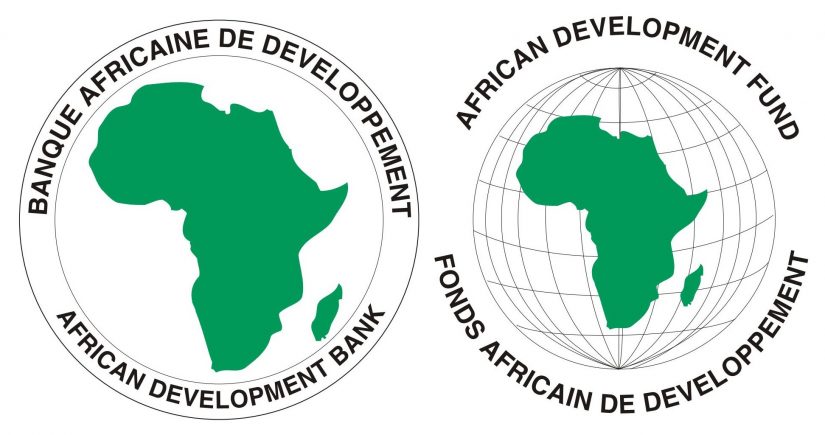John Hawkins, EAP Head of Programmes
May 2017
Last month, EAP’s John Hawkins participated at the African Development Bank High Level Procurement Forum where he joined a Panel discussion on social and economic value in public procurement. Here he reflects on the discussion, and how the debate has moved on since EAP and the Institution of Civil Engineers published its ground breaking report more than a decade ago: Modifying Public Procurement to Enhance Social Development.
In November 2006, we published a report that highlighted how social, environmental and economic objectives, if included as objectives at each stage of the project cycle, could be delivered to enhance social development. At the time, it was clear that the Multilateral Development Banks, who we were principally looking to influence, did not have the appetite for change. Many officials agreed with our findings but the orthodoxy was to promote a procurement system based on open competition, lowest evaluated price with limited discretion, in the belief that this would help to reduce corruption and deliver better value for money.
It was also a time when many countries were introducing robust procurement legislation for the first time. As one national Director of Public Procurement said to me… ‘John…we just need to get some rules in place and ensure they work.’
These rules have now been in place for more than a decade with cadre of public procurement officials trained to implement them. There is evidence that they have reduced contract prices for infrastructure projects (Estache A., Limi A., 2011). Yet, as CoST continues to illustrate, it is questionable whether procurement reforms have delivered improvements in value for money, given the extent of time and cost increases during construction (CoST, 2011) (EAP, 2015) (Seid K., Abdea H., Taddese A., 2016). And as previous EAP research demonstrates, the reforms have not stopped corruption (Wells J., 2014).
The recent High Level Procurement Forum hosted by the African Development Bank highlighted how the debate has changed, with an acknowledgement that social and economic value from public procurement must be improved. This is reflected by the new World Bank and the African Development Bank procurement frameworks which both extend the definition of value for money to include equity – or who benefits from the investment – along with the traditional three ‘e’s of economy, efficiency and effectiveness.
However, it was clear from the Panel discussion that application of the frameworks would require a change in culture and practice amongst procurement officials. We need to move away from a tick box mentality, a fear of subjectivity and a focus on the transaction cost and instead embrace the long-term benefits that can be derived from the investment.
The benefits can be directly related to the investment such as the users of the infrastructure service and the jobs created during construction and operations. Yet, there are also the indirect benefits from the multiplier effect on jobs and additional services created by business and the government as a consequence of the new infrastructure.
Perhaps the biggest barrier to improving social outcomes is the perceived cost. Governments in developing countries are looking to build infrastructure quickly with limited resources to advance their economic development. There are potential long term benefits from investing in local small and medium enterprises but building the capacity of small and medium enterprises can be time consuming and therefore may not be considered a quick win for politicians. The challenge is for officials to understand the trade-offs between investing in additional social and economic measures to benefit local communities and build future capacity whilst ensuring value-for-money in achieving the main project objectives. As a conclusion first identified more than a decade ago, this demonstrates the on-going relevance of the EAP/ICE report.
At EAP, we continue to advocate for the social and economic value in public procurement such as by highlighting the barriers to migrant construction workers being paid in the Gulf and promoting the publication of social, environmental and land impact data through CoST.
